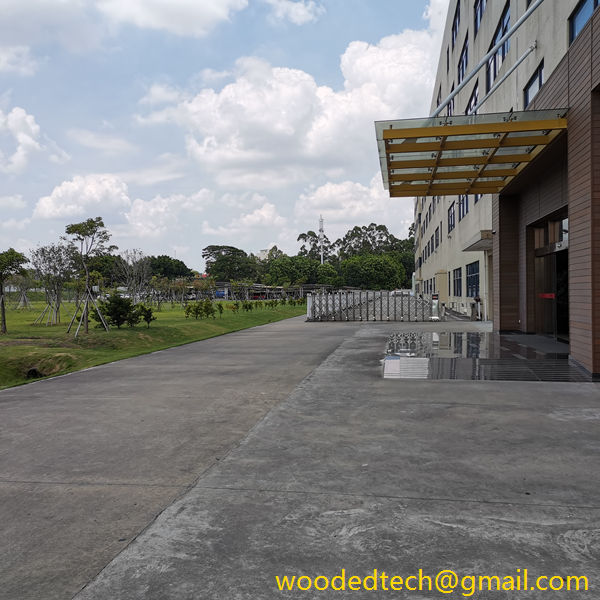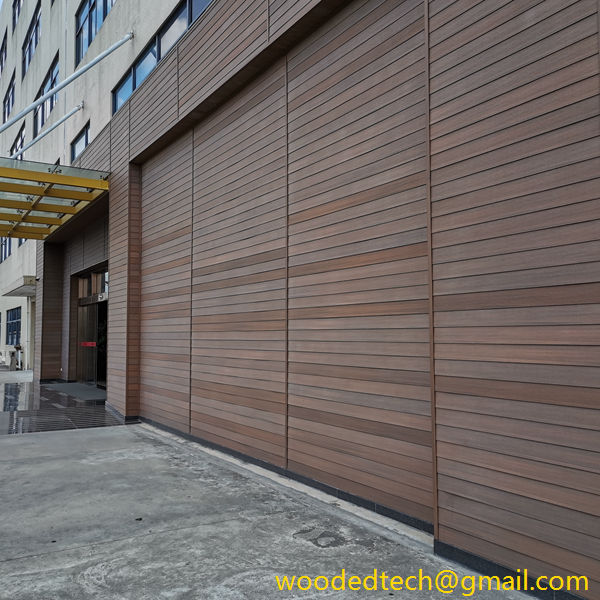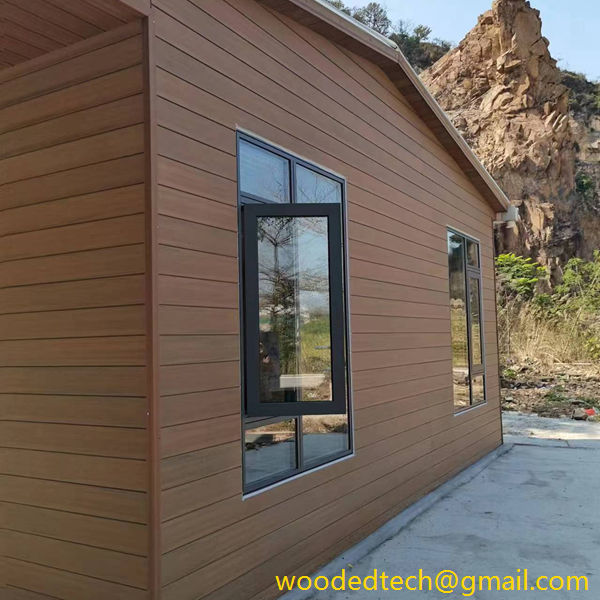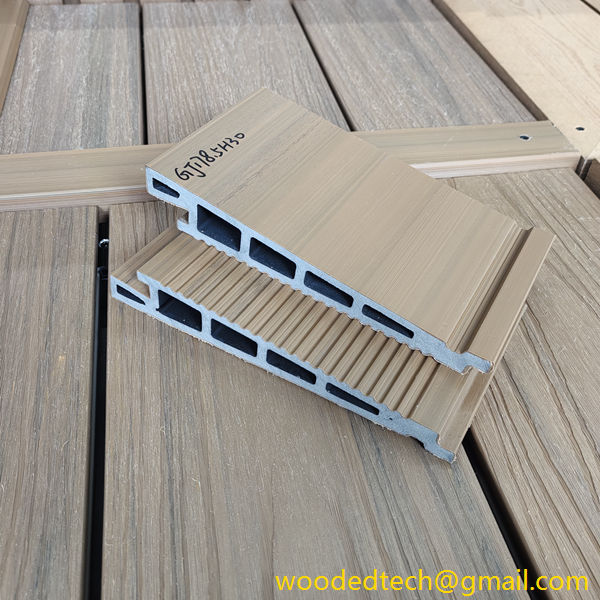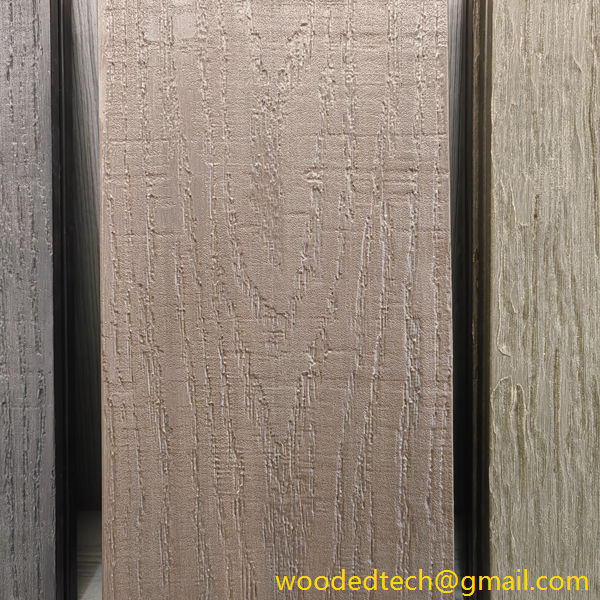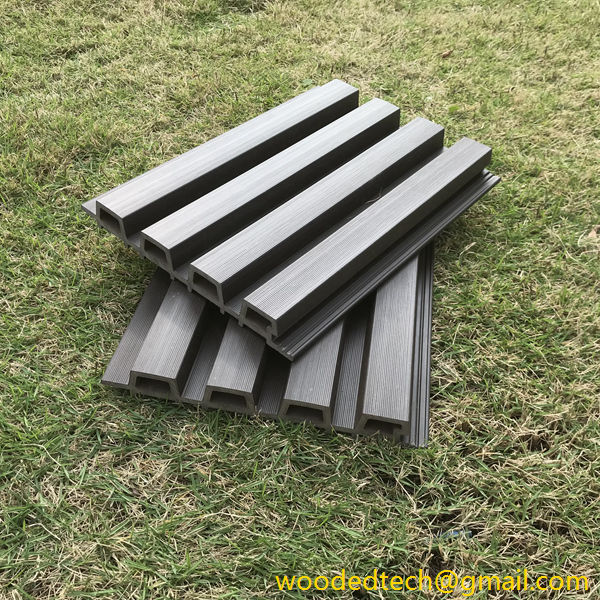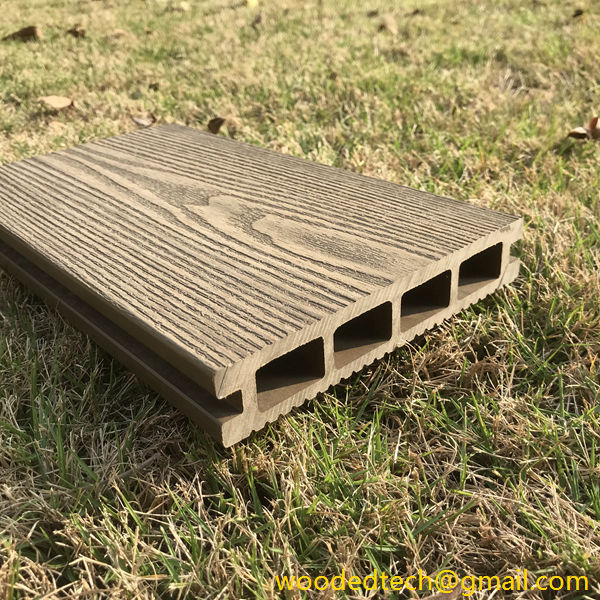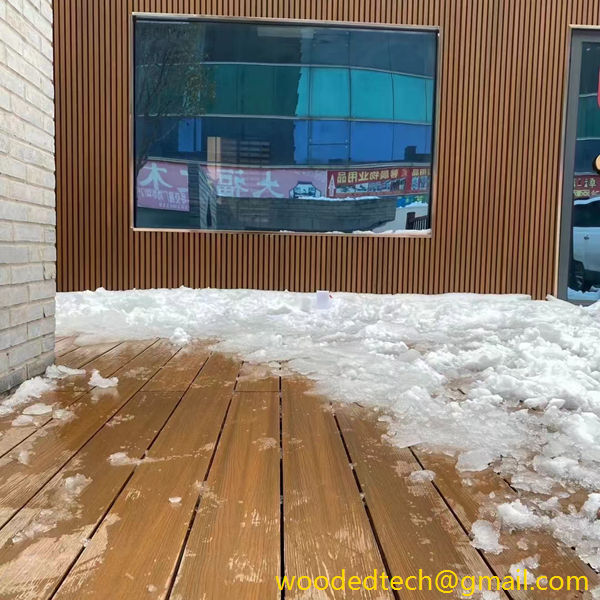HS Code WPC Wall Panel: Understanding the HS Code for WPC Wall Panels
HS Code WPC Wall Panel: Understanding the HS Code for WPC Wall Panels In the realm of international trade, the Harmonized System (HS) Code plays a pivotal role in the classification of goods and commodities. For businesses that import or export products, understanding the HS Code is essential for compliance with customs regulations and for…
HS Code WPC Wall Panel: Understanding the HS Code for WPC Wall Panels
In the realm of international trade, the Harmonized System (HS) Code plays a pivotal role in the classification of goods and commodities. For businesses that import or export products, understanding the HS Code is essential for compliance with customs regulations and for facilitating smoother transactions across borders. One specific category of goods that falls under this classification is WPC wall panels. These composite materials, which are made from wood fibers and plastic, are increasingly popular for various applications, including construction and interior design.
WPC, which stands for wood-plastic composite, combines the best properties of both wood and plastic, resulting in a material that is durable, low-maintenance, and environmentally friendly. The use of WPC wall panels has soared in recent years due to their versatility, aesthetic appeal, and resistance to moisture and pests. As such, understanding the HS Code assigned to these panels is crucial for manufacturers, suppliers, and retailers involved in their trade.
The HS Code system was developed by the World Customs Organization and is used by over 200 countries worldwide to categorize products in a standardized manner. Each code is a numerical classification that helps customs authorities identify the nature of the goods being imported or exported. For WPC wall panels, the HS Code is typically found under the broader category of wood products or plastic materials. Identifying the correct HS Code for WPC wall panels can help in determining applicable tariffs, trade regulations, and compliance requirements.
The specific HS Code for WPC wall panels may vary based on the composition and application of the product. Generally, WPC products are classified under Chapter 39, which pertains to plastics and articles thereof, particularly in subheading 3918, which covers various plastic products. However, due to the composite nature of WPC, they may also be classified under Chapter 44, which deals with wood and wood products. This dual classification can sometimes lead to confusion, making it imperative for businesses to accurately determine the appropriate code.
To ensure proper classification, businesses should consider the following key factors when determining the HS Code for WPC wall panels. First, it is essential to analyze the primary material component of the wall panels—whether it is predominantly wood or plastic. If the WPC wall panel has a higher percentage of wood fibers, it may lean towards classification under the wood category. Conversely, if the plastic content is significantly higher, the classification would likely fall under the plastics category.
Second, the intended use of the WPC wall panels can also influence the HS Code designation. For example, if the panels are designed for outdoor use, particularly in decking or fencing applications, they may be classified differently than those intended for indoor wall cladding. Understanding the end use is vital, as it can impact tariff rates and regulatory compliance.
Additionally, businesses should be aware of any recent changes to trade agreements or customs regulations that could affect the classification of WPC wall panels. Trade agreements, such as the United States-Mexico-Canada Agreement (USMCA) or other regional trade agreements, may introduce specific provisions that apply to composite materials. Keeping abreast of these developments can help businesses maintain compliance and optimize their trade strategies.
Furthermore, accurate classification of WPC wall panels is crucial for avoiding potential penalties or delays in customs clearance. Customs authorities often conduct audits and inspections to ensure that goods are appropriately classified and valued for duty purposes. Misclassification can lead to fines, additional duties, and even seizure of goods, which can have devastating financial implications for businesses. Therefore, it is advisable to consult with a customs broker or trade specialist who can provide guidance on the correct HS Code for WPC wall panels.
In addition to compliance and regulatory considerations, understanding the HS Code for WPC wall panels can also provide valuable insights into market trends and demand. By analyzing trade data associated with specific HS Codes, businesses can identify key markets for their products and track competitive dynamics within the industry. This information can inform strategic decisions regarding pricing, marketing, and distribution.
As the global demand for environmentally friendly building materials continues to rise, WPC wall panels are well-positioned to capitalize on this trend. Their sustainable composition and low environmental impact make them an attractive alternative to traditional wood products. However, businesses must remain vigilant in ensuring that their products are correctly classified under the appropriate HS Codes to fully leverage the opportunities presented by this growing market.
In conclusion, understanding the HS Code for WPC wall panels is essential for businesses involved in their trade. Accurate classification not only ensures compliance with customs regulations but also provides insights into market dynamics and trends. By considering the primary material composition, intended use, and staying informed about trade regulations, businesses can navigate the complexities of international trade more effectively. As the popularity of WPC wall panels continues to grow, a thorough understanding of their HS Code will be a key asset for manufacturers, suppliers, and retailers looking to succeed in this competitive landscape.

